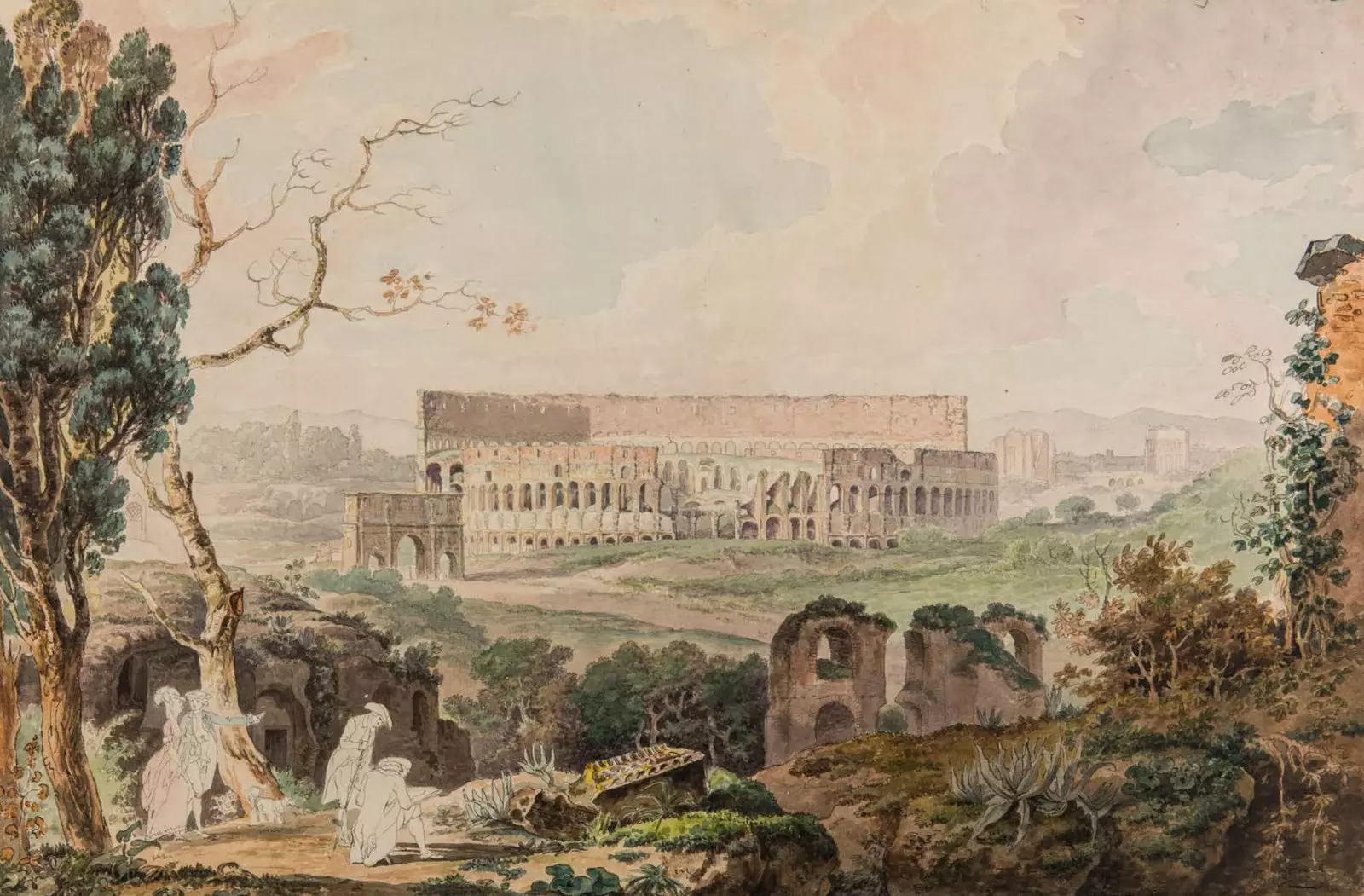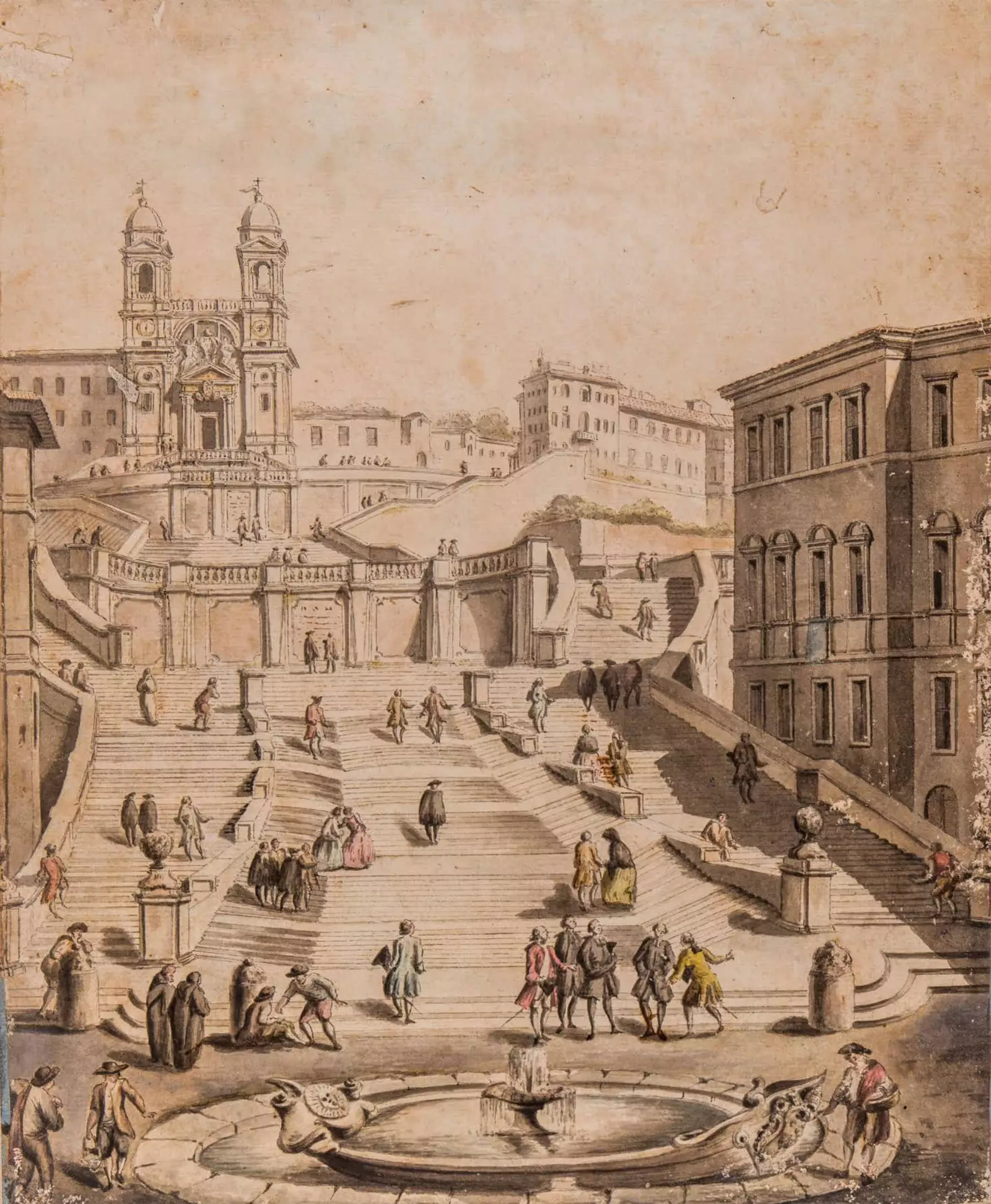
It all started when the Samuel H. Kress Foundation offered a sum of money to publicize and make available to the user on a digital platform historical archives. “We already knew the huge collection of Rodolfo Lanciani and we knew that it was not easy to consult it. And in this way everyone would have access to it, also researchers and fans from all over the world”, he acknowledges. Nicola Camerlenghi to Traveler.es.
The project lasted 15 months and, during this time, the team of researchers Erik Steiner, Jim Tice, Giovanni Svevo, and Camerlenghi had frequent discussions with dealers and Italian authorities to decide which images to digitize. The end result are 4,000 pieces that users from the web can consult.

“It was an intense and collaborative experience, with a lot of bureaucracy, but also with the reward and pleasure of working with nice people and very beautiful objects . Also, I learned a lot about Lanciani, as a collector and as a person. His work continues to be interesting for our team; we are now working on a digital version of his famous archaeological map of Rome, the 'Form Urbis Romae' . It was published in 1901 and measure 518x731 centimeters ”, recalls Camelenghi.
His great work shows the different levels of the Roman buildings and the infrastructure that existed in the city for about 300 years . “Your file on him was incredibly valuable. And Lanciani never hesitated to collect and catalog materials of all kinds: photographs, drawings, prints, but also photographs of drawings that did not belong to him . This was how archaeologists worked back then, when public collections were not as good or within our reach”, settles the researcher.
